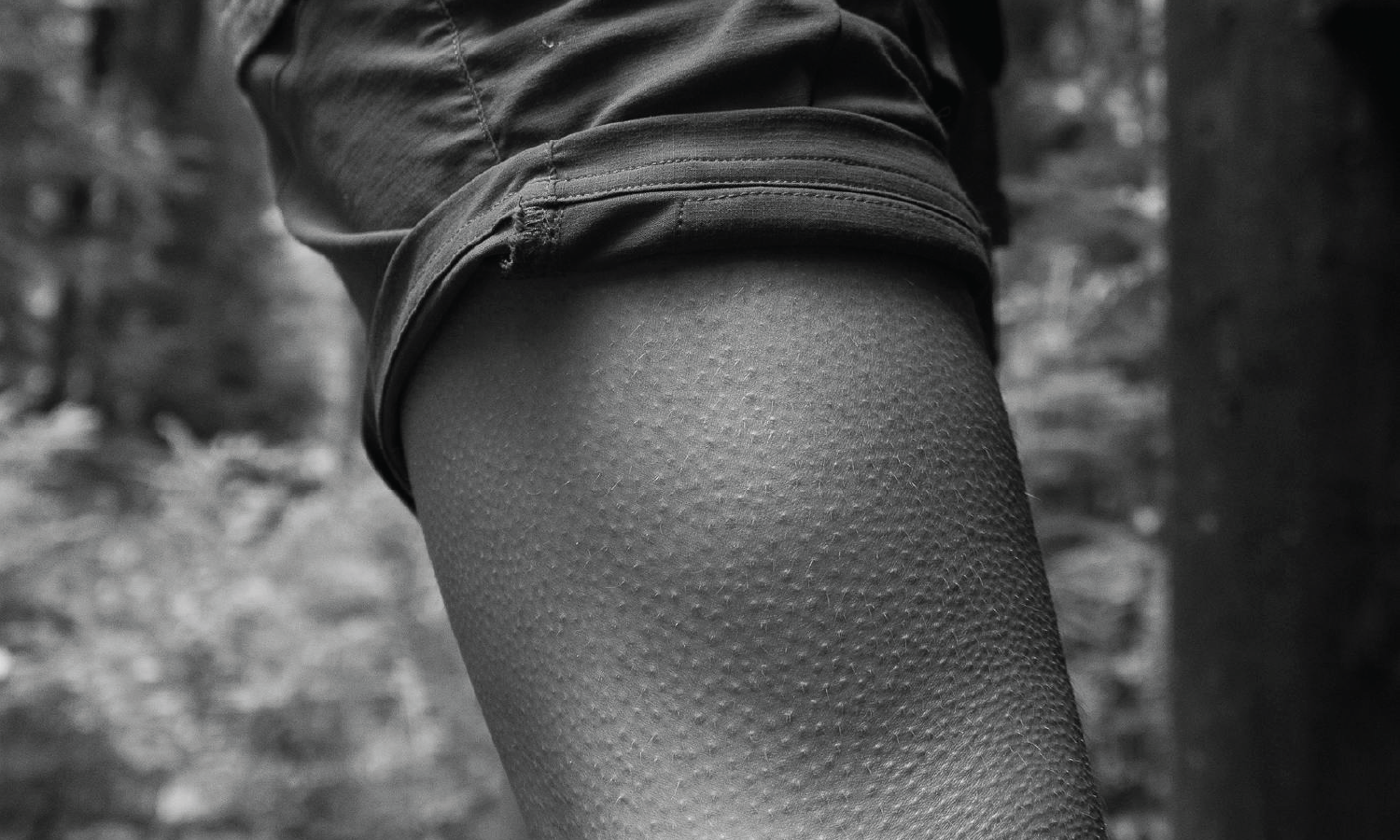What Does Thermoregulation Have to Do With My Sauna or Ice Bath?
We’re not sure if you fully appreciate it, but your body’s an incredible thing.
It’s capable of maintaining a stable internal environment in response to extremely challenging external conditions. And it’s capable of strengthening that response if those conditions are repeated or get worse.
In other words, your body really is the ultimate adaptation machine.
The Importance of Our Core Temperature
One of these challenges is temperature. While we can survive in quite extreme heat and cold, we require a narrow, tightly controlled window of core temperature around 37°C.
We experience minor, consistent fluctuations in our core temperature throughout our day, month, even lifetime. But deviations outside this normal range impair the proper functioning of our body. If sustained, they can also lead to potentially fatal conditions such as hyperthermia (heat) and hypothermia (cold).
Clearly our ability to manage our core temperature is critical.
Regulating Our Core Temperature
Enter…thermoregulation! Centred in our brain (specifically the hypothalamus), thermoregulation is our body’s powerful system for controlling our core temperature. It’s also responsible for our body’s reaction to the extreme temperatures we experience in saunas and ice baths.
Nerve cells (known as thermoreceptors) in both our skin and our core detect changes in temperature, and feed this information back to our brain. Our brain then activates various mechanisms in order to lose or gain heat where necessary.
Unsurprisingly given the potential consequences, thermoregulation is driven by the sympathetic nervous system, responsible for the various aspects of our fight-or-flight/survival response.
Detecting Changes in Temperature
Thermoreceptors in our core provide direct feedback about our internal temperature. Thermoreceptors in our skin provide feedback about external conditions prior to, and in anticipation of, their impact on our core temperature. Importantly, both stimulate our thermoregulatory response.
It’s vital to remember this when thinking about hot and cold therapy and its various methods. We certainly expect to see some impact on our core temperature, even over the relatively short exposures involved. However, stimulation of the thermoreceptors in our skin plays a key role in engaging our thermoregulatory response during these activities.
Can you remember a time when you experienced extreme heat or cold? What can you remember about how your body responded? And how did you feel after?
We’ll explore our body’s response mechanisms in both the heat and cold in our next couple of posts. As we do, keep in mind that it’s this thermoregulatory response, and its strengthening and adaptation, that’s responsible for many of the benefits of heat and cold therapy.



